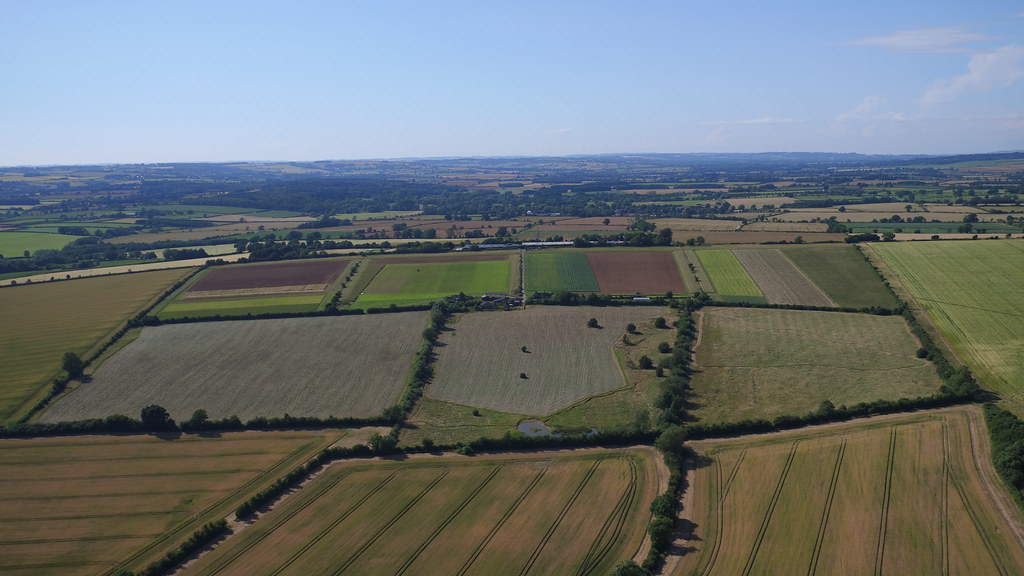Bee Quiet
Our latest bee inspection took place under conditions which were comfortably cooler and calmer than last time.We have some excellent news from the first WBC hive. The polished brood cells we observed a week ago now appear to have eggs laid in them, which means we were right in predicting that another queen was soon to start laying. Below you can see one of the queen cells that the new queen will have emerged from. Notice the rough edges where the queen has nibbled her way out of the cell. Next time I open this hive I'll search for the new queen, clip her wings and mark her up.
The second WBC is looking very quiet however, with plenty of stores but no brood or eggs visible. I’ll be relying on Chris’s advice about what to do with this hive and it may be that we have to introduce a new queen to rescue the colony.
The donated National hive is still doing well though. The queen was present and laying lots of eggs with plenty of brood visible. Since they have almost filled their first super I have added a new one for them to get to work on.
| Notice the additional super that has been added |
The bait hive containing the old honey filled comb from the donated hive is also alive with bees still, which are no doubt still in the process of extracting the honey and transferring it back to the other hives.
So all in all, a good report.
So all in all, a good report.
.png)








0 comments: